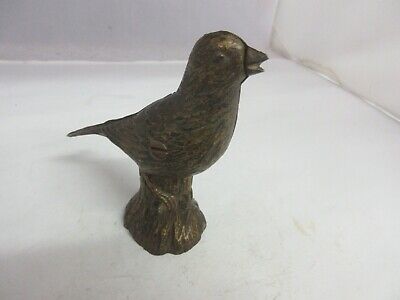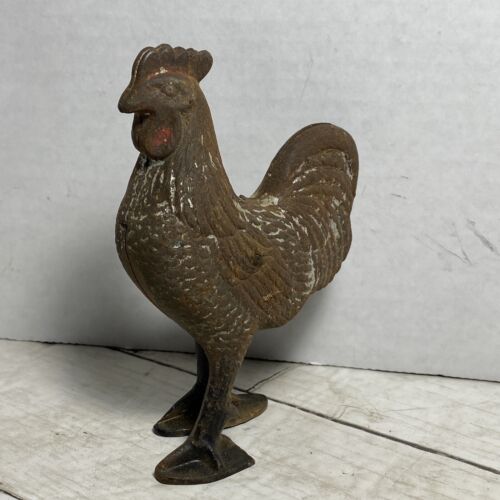I got this vintage cast iron coin bank recently. The intent was to have it as a blade bank or maybe just to display. I thought the eagle looked kind of cool. It arrived and the bolt won't unscrew. I muscled it as much as The Captain was able but no dice. Went to my friendly hardware man and he swore by brake fluid being just the thing to free up a rusted bolt. The thing is, I am not able to access the spot that is rusted since it is interior. Soooo, I bought three bottles - yes, really - of brake fluid and submerged this eagle into it. I let it soak for three weeks, pulled it out and it was still firmly stuck.
At this point the eagle is a display piece which I am fine with as is. But I thought I'd see if anybody has an idea that would work.


At this point the eagle is a display piece which I am fine with as is. But I thought I'd see if anybody has an idea that would work.










